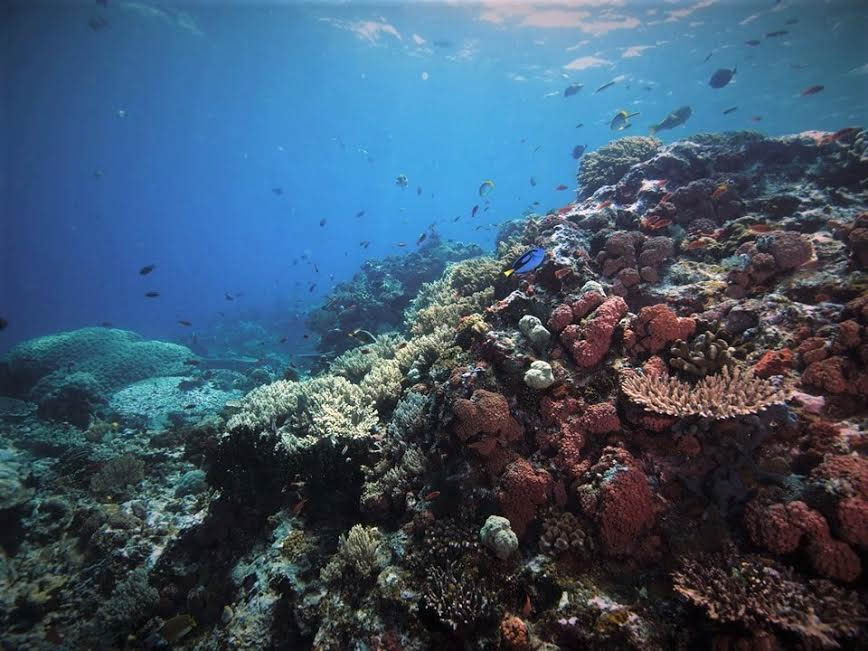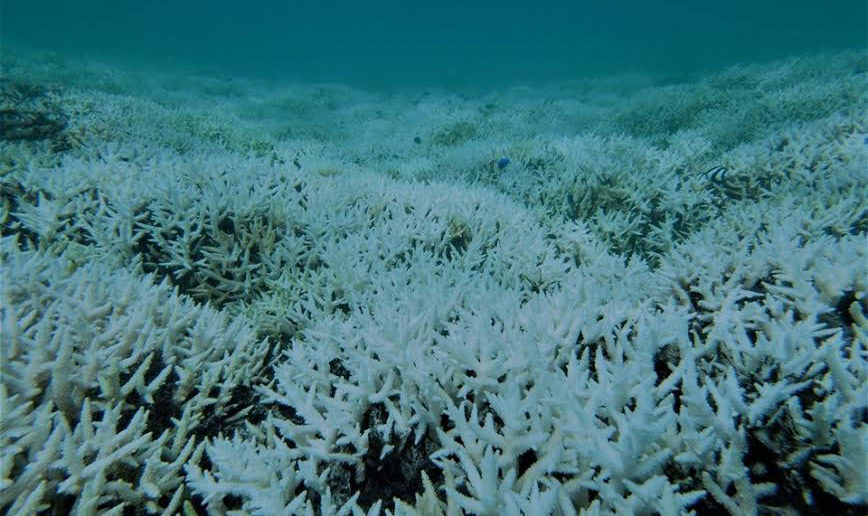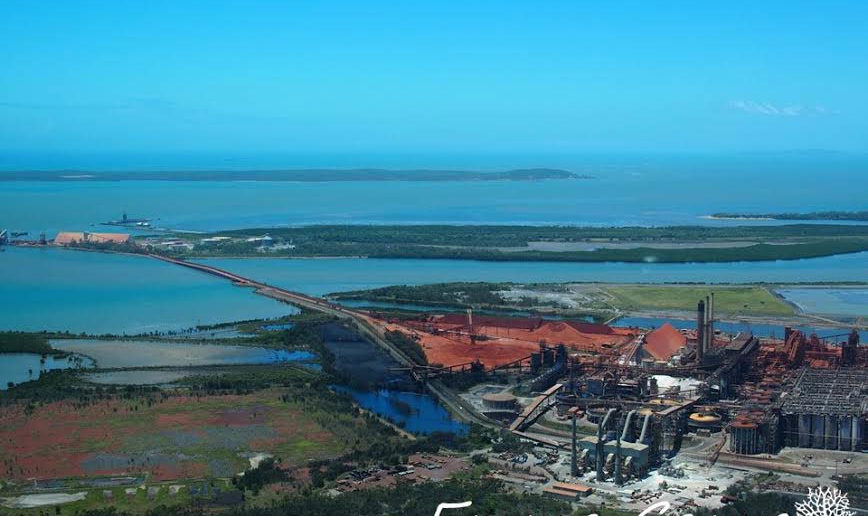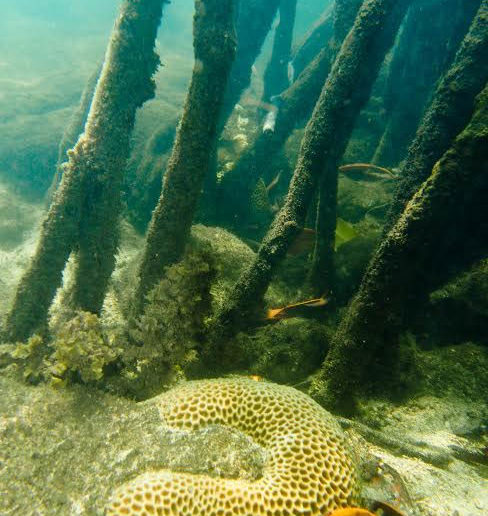Corals are typically found within an optimal range of environmental conditions, e.g. shallow, clear and warm waters. This is because corals are made up of a community of organisms, including bacteria, symbiotic algae (known as Symbiodinium), other microbes and the animal coral host; collectively these form the coral holobiont (holo= whole and biont= biology). The relationship of these components exist in fine balance, and they can be largely influence by the local environmental conditions.
Globally coral reefs are under threat, with many considered terminally ill due to the combined impact of climate change stressors and local human impacts (e.g. pollution). Under climate change, oceans are warming up causing rising seas surface temperatures. The frequency and severity of temperature anomalies are also increasing. These thermal stressors can disrupt the relationship between the animal-host and symbiotic algae of corals, resulting in coral bleaching. Bleaching is a stress response of corals which results in them losing their symbiotic algae that they rely on for energy production.
Coupled with these thermal stressors are the impacts of ocean acidification. The oceans absorb atmospheric carbon dioxide, which results in changes in seawater carbonate chemistry that lowers seawater pH and carbonate ions – the phenomenon termed ocean acidification. This shift in chemistry reduces the quantity of fundamental building blocks needed for marine organisms that have a calcium carbonate shell or skeleton. Furthermore, the rising seawater acidity increases the risk of dissolution and compromises the structure of marine calcifiers.
As scientists we are currently faced with the challenge of trying to help save the worlds coral reefs, given the numerous stressors they are facing. Fundamental to ensuring their future is reducing carbon emissions and mitigating local pressures such as dredging and run-off. Alongside this, we need to find local solutions that can help safeguard their existence. One such method is identifying areas of resilience – where corals have acclimated and/or adapted to survive under conditions predicted in the future for reefs under climate change. Typically, these areas of resilience are not your pristine coral reefs, but rather un-sexy reef habitats, where corals have learned to survive under these unfavourable conditions. From my Ph.D. work I identified that one such habitat are mangrove systems. That is because, corals in mangrove habitats often experience hot, acidic and deoxygenated waters, which have the potential to pre-condition corals to conditions expected over the next 100 years under climate change. These systems have typically not been considered important for corals and have been overlooked as a valuable coral habitat. They are underexplore because they often have hostile conditions including low visibility and the risk of crocodiles and sharks (depending on geographic location); however, they have the potential to be vitally important in understanding coral resilience under climate change. To-date our team have identified these mangrove systems in the Seychelles, Indonesia, and New Caledonia. We are currently preparing for a research expedition to the Great Barrier Reef to look for their existence here. Our belief is that these systems can help us unlock clues into the mechanisms that support coral survival; aiding management of the world’s coral reefs.
A challenge for us is to travel and search for the presence of these systems. This is where we hope the avid dive community that travel to some of the world’s most amazing coral habitats can help! Next time you are away, please keep an eye out for corals living in sub-optimal mangrove systems and let us know where you see them. Any pictures and GPS locations would be greatly appreciated.
Together we hope to help our world’s coral reefs survive our changing climate!
Please send any information to Dr Emma Camp at emma.camp@uts.edu.au







